I wondering if it would be theoretically possible for me to build my own led or oled. I am aware that this is not very practical, I'm more interested just as an exercise. I understand the basic theory behind leds and the materials necessary, but I'm not aware of the process required.
My environment is neither. It's hack space in NYC where we build a variety of things. My budget could potentially be a few hundred dollars. I've been looking a bit into semi conductor inks thinking perhaps that is the easiest route. I was really just looking to see if anyone has attempted this.
If anyone can point me in the right direction it would be appreciated.
Thanks
